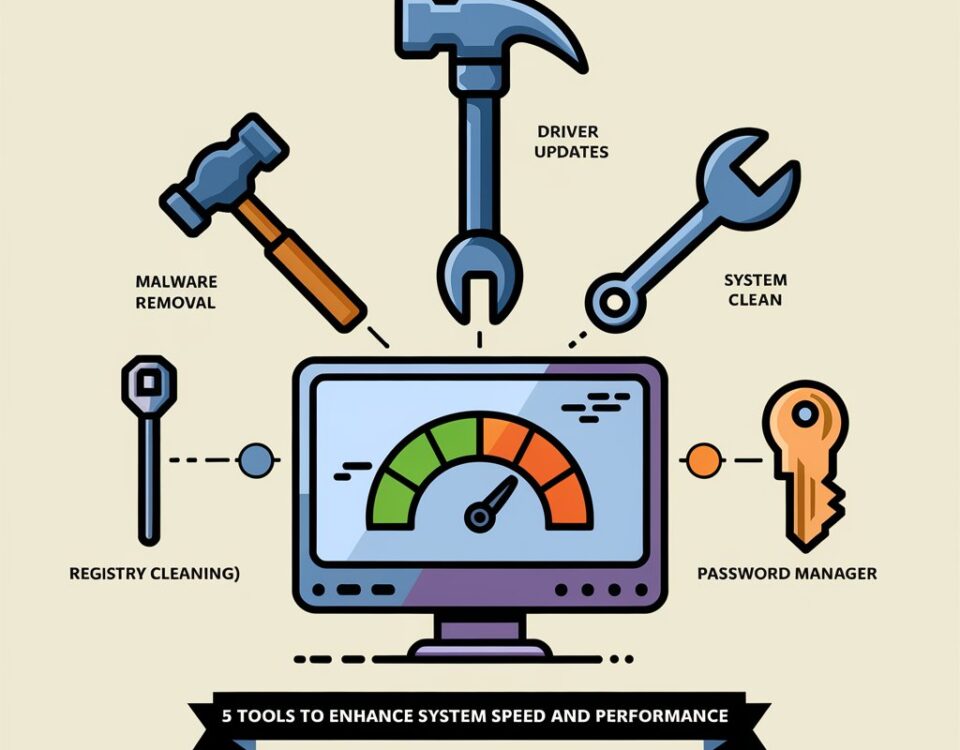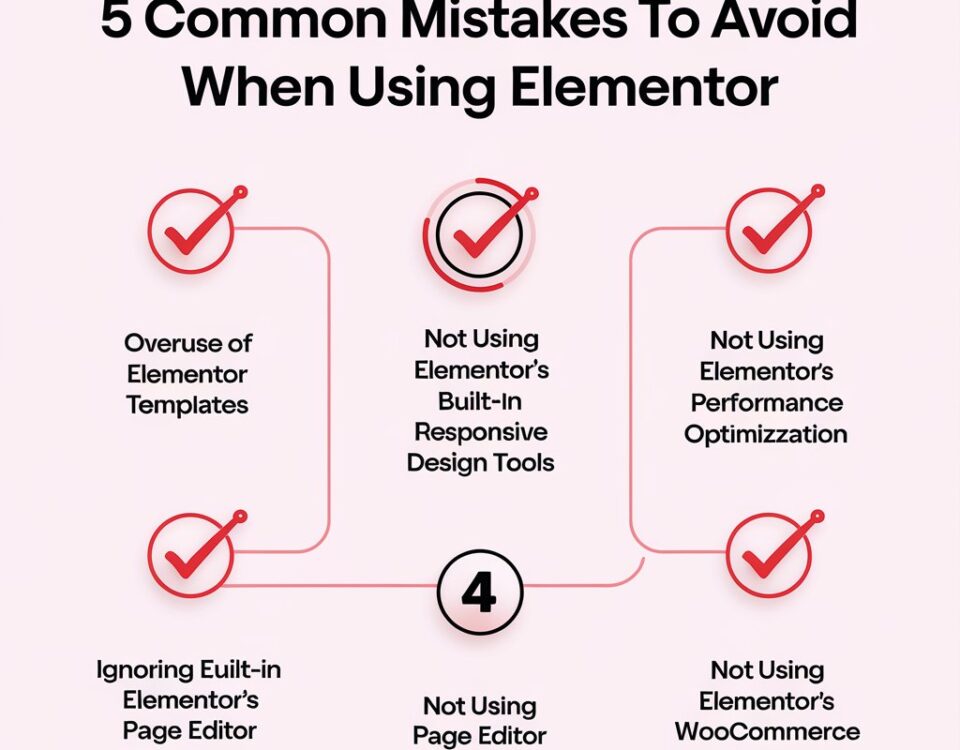
How to Use Data Analytics to Grow Your Business
June 13, 2024
Top 10 Influential Tech Entrepreneurs to Follow
June 13, 2024The Evolution of Social Media Platforms
Social media platforms have become integral to our daily lives, influencing how we connect, share information, and interact with one another. Understanding the evolution of social media platforms provides insight into how communication and interaction have changed over time. This journey from simple networking sites to complex ecosystems of engagement highlights the dynamic nature of the digital world. Initially designed for basic social interactions, these platforms have grown to include multimedia sharing, live streaming, and e-commerce capabilities. They play a significant role in shaping public discourse, marketing strategies, and even political movements. The continuous innovation in features and technologies reflects the ever-changing needs and behaviors of users.

Early Beginnings
The journey began in the late 1990s. Platforms like Six Degrees and Friendster paved the way for digital networking. Six Degrees allowed users to create profiles and connect with friends. Friendster expanded on this by adding the concept of a “circle of friends,” which provided a glimpse into the potential of social networking.
Rise of MySpace and Facebook
MySpace, launched in 2003, became the first mainstream social media platform. It allowed users to personalize their profiles, connect with friends, and share music. MySpace’s success demonstrated the potential for user-generated content and social interaction on a massive scale.
In 2004, Facebook emerged. Initially limited to college students, Facebook’s clean interface and real-name policy attracted a broader audience. It soon overtook MySpace as the leading social networking site. Facebook introduced features like the news feed, which revolutionized how users consumed content and interacted with friends.
The Microblogging Revolution
Twitter, launched in 2006, introduced the concept of microblogging. Users could post short, 140-character updates called tweets. This format encouraged real-time communication and engagement. Twitter became a powerful tool for breaking news, public conversations, and personal expression.
Visual Content and the Rise of Instagram
Instagram, launched in 2010, capitalized on the growing popularity of smartphones and visual content. It allowed users to share photos and videos with filters and captions. Instagram’s emphasis on visual storytelling and user engagement quickly made it one of the most popular social media platforms.
Professional Networking with LinkedIn
LinkedIn, founded in 2002, took a different approach. It focused on professional networking and career development. LinkedIn allowed users to create detailed profiles, connect with colleagues, and search for job opportunities. It became the go-to platform for professionals looking to advance their careers.
The Era of Ephemeral Content
Snapchat, launched in 2011, introduced the concept of ephemeral content. Users could send photos and videos that disappeared after being viewed. This format encouraged spontaneous and authentic communication. Snapchat’s success inspired other platforms to adopt similar features.
Video Dominance with YouTube and TikTok
YouTube, founded in 2005, revolutionized video sharing. It allowed users to upload, view, and share videos. YouTube became a platform for content creators, businesses, and individuals to reach global audiences.
TikTok, launched in 2016, took video content to a new level. It allowed users to create short, engaging videos set to music. TikTok’s algorithm-driven content discovery and emphasis on creativity made it a global sensation.
Social Media in the Mobile Era
The proliferation of smartphones transformed social media usage. Mobile apps allowed users to access their favorite platforms anytime, anywhere. This shift led to increased user engagement and the development of mobile-first features.
Monetization and Influencer Culture
As social media platforms grew, so did opportunities for monetization. Platforms introduced advertising, sponsored content, and subscription models. The rise of influencers—individuals with large followings who could sway public opinion—became a significant aspect of social media culture.
Privacy and Data Concerns
With growth came concerns about privacy and data security. High-profile scandals highlighted the risks associated with social media. Platforms faced scrutiny over data collection practices, misinformation, and user safety. This led to increased regulation and efforts to enhance transparency and security.
Future Trends
The evolution of social media platforms is ongoing. Emerging trends include:
- Augmented Reality (AR) and Virtual Reality (VR): Platforms are exploring AR and VR to enhance user experiences.
- Social Commerce: Integrating e-commerce with social media for seamless shopping experiences.
- Niche Communities: Platforms catering to specific interests and demographics.
- Enhanced Privacy: Greater focus on user privacy and data protection.
Conclusion
The evolution of social media platforms reflects broader changes in technology, communication, and society. From simple networking sites to complex ecosystems, social media has transformed how we connect, share, and interact. Understanding this evolution helps us appreciate the dynamic nature of the digital world and anticipate future trends. As we look ahead, social media will continue to shape our lives in new and exciting ways.
By exploring the history and trends of social media, we gain insight into its profound impact. This knowledge equips us to navigate the ever-changing landscape of digital communication.




